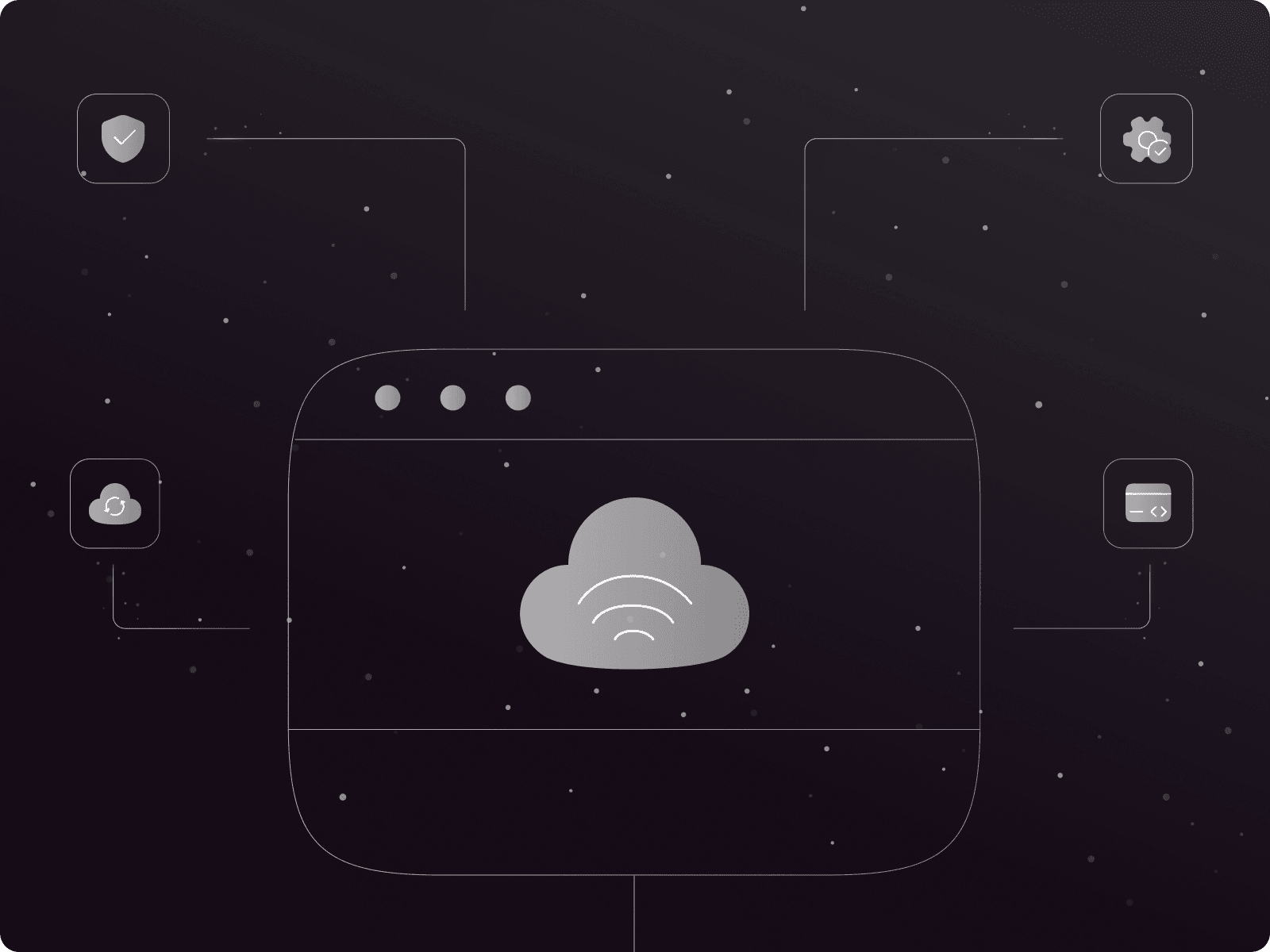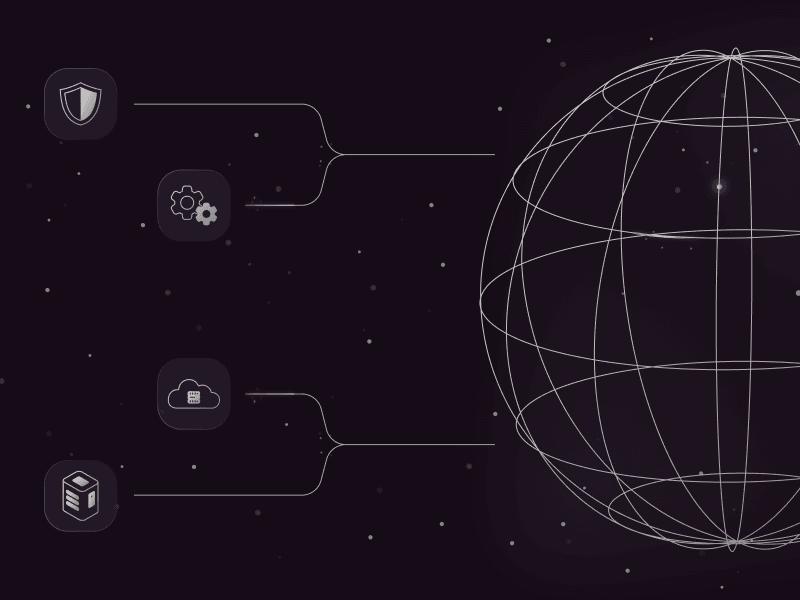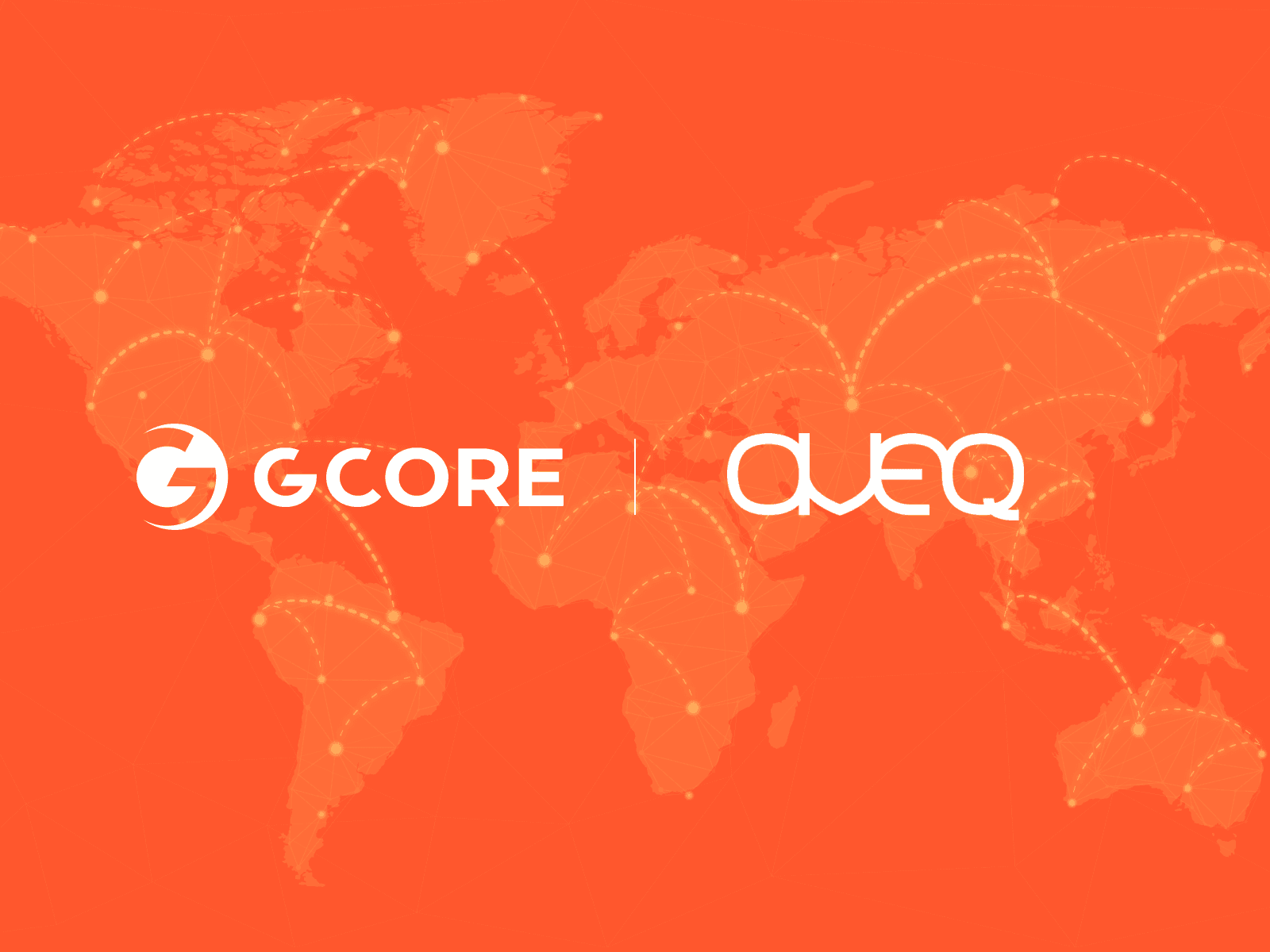New Points of Presence of Gcore Cloud Services
- June 23, 2023
- 2 min read

Gcore has expanded the regional coverage of its cloud services, including Infrastructure as a Service, AI IPU Infrastructure, Logging as a Service, and Managed Kubernetes. New points of presence are located in the US, Asia, and EMEA. Read on to learn more about the services and their locations.
IaaS: 23 Locations
As an IaaS (Infrastructure as a Service) provider, Gcore offers virtual machines, bare metal servers, S3 storage, load balancing, and other cloud services. With Gcore’s IaaS, you get all the necessary building blocks for your cloud infrastructure.
In May 2023, we added new points of presence in Dubai (UAE) and Newport (UK.) The total list of Gcore Cloud PoPs comprises 23 locations across the Americas, Asia, Africa, and EMEA.
AI IPU infrastructure: 3 Locations
Gcore also provides AI Infrastructure as a Service based on Graphcore IPUs. AI IPU infrastructure speeds up machine learning and produces outstanding results for language processing, visual computing, and graph neural networks.
AI IPU infrastructure is now available in Luxembourg, Amsterdam, and Newport.
LaaS: 2 Locations
LaaS (Logging as a Service) is a cloud log management platform designed to collect, store, process, and analyze logs from infrastructure and applications. LaaS makes it easier to analyze events and data from multiple services in a single dashboard. With Gcore’s LaaS, you can detect and resolve errors in your infrastructure, investigate security incidents, check server connectivity, and more.
LaaS is available in Luxembourg and Manassas.
FaaS: 9 Locations
FaaS (Function as a Service) is a cloud service that lets you run code without worrying about the underlying infrastructure. You simply write a discrete piece of code called “function” and deploy it in our cloud environment. A function runs on demand, and you are charged only for its execution. FaaS helps to save costs on deploying a simple application, expanding functionality, and reducing time-to-market.
FaaS is now available in core regions in addition to edge regions. Here is the complete list of locations:
- Luxembourg
- Luxembourg-2
- Manassas
- Singapore
- Tokyo
- Santa Clara
- Frankfurt
- Istanbul
- Chicago
Managed Kubernetes: 4 Locations
Managed Kubernetes is a platform service that allows you to quickly and easily deploy a prebuilt Kubernetes cluster based on Gcore Cloud resources. Gcore’s team is responsible for maintaining the infrastructure and cluster, so you can quickly launch and easily scale your containerized applications.
The list of the Managed Kubernetes locations includes:
- Luxembourg
- Manassas
- Singapore
- Frankfurt
Gcore Basic: 5 Locations
Gcore Basic is a low-cost virtual machine with partial CPU usage. It is suitable for simple tasks such as hosting a website or blog, running a pet project, and deploying a private VPN. Gcore Basic is a great solution for home users, developers, and small business owners. You can deploy a virtual machine in a couple of minutes and integrate it with any Gcore Cloud service. Benefits include the latest Intel® Xeon® 4314 CPU, free built-in DDoS protection, and free egress traffic.
The list of the Gcore Basic locations includes:
- Frankfurt
- Amsterdam
- Manassas
- Hong Kong
- Tokyo
Take Advantage of Gcore’s Cloud Services
By expanding our regional coverage, we aim to improve the cloud experience for our customers, provide advanced IaaS and PaaS services anywhere, and enable global companies to achieve scalability across their distributed services and teams. Gcore’s network consists of 140+ points of presence worldwide, including 23 unique cloud locations. We are constantly enhancing our services for the convenience and efficiency of our customers, regardless of their location.
Related articles
Subscribe to our newsletter
Get the latest industry trends, exclusive insights, and Gcore updates delivered straight to your inbox.






